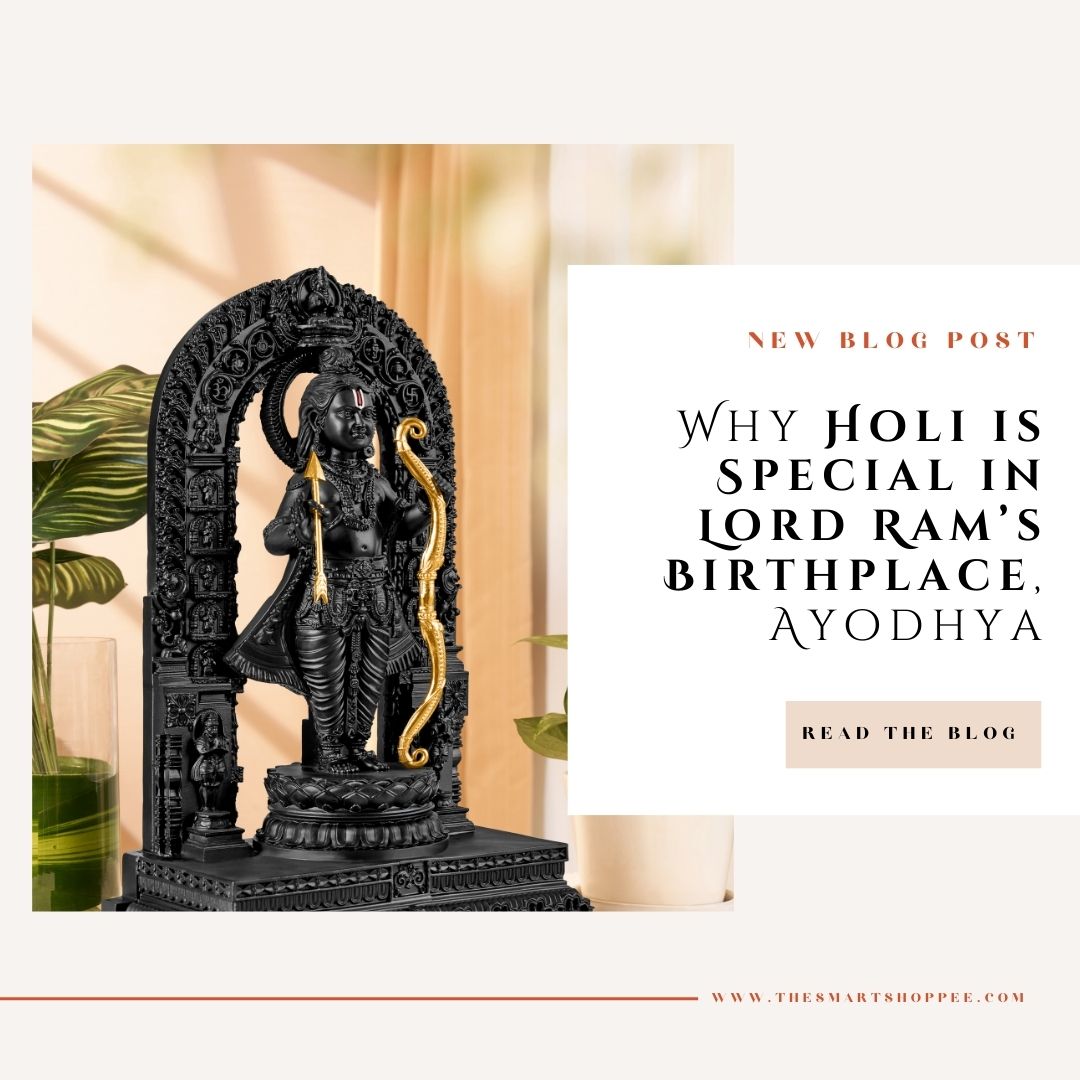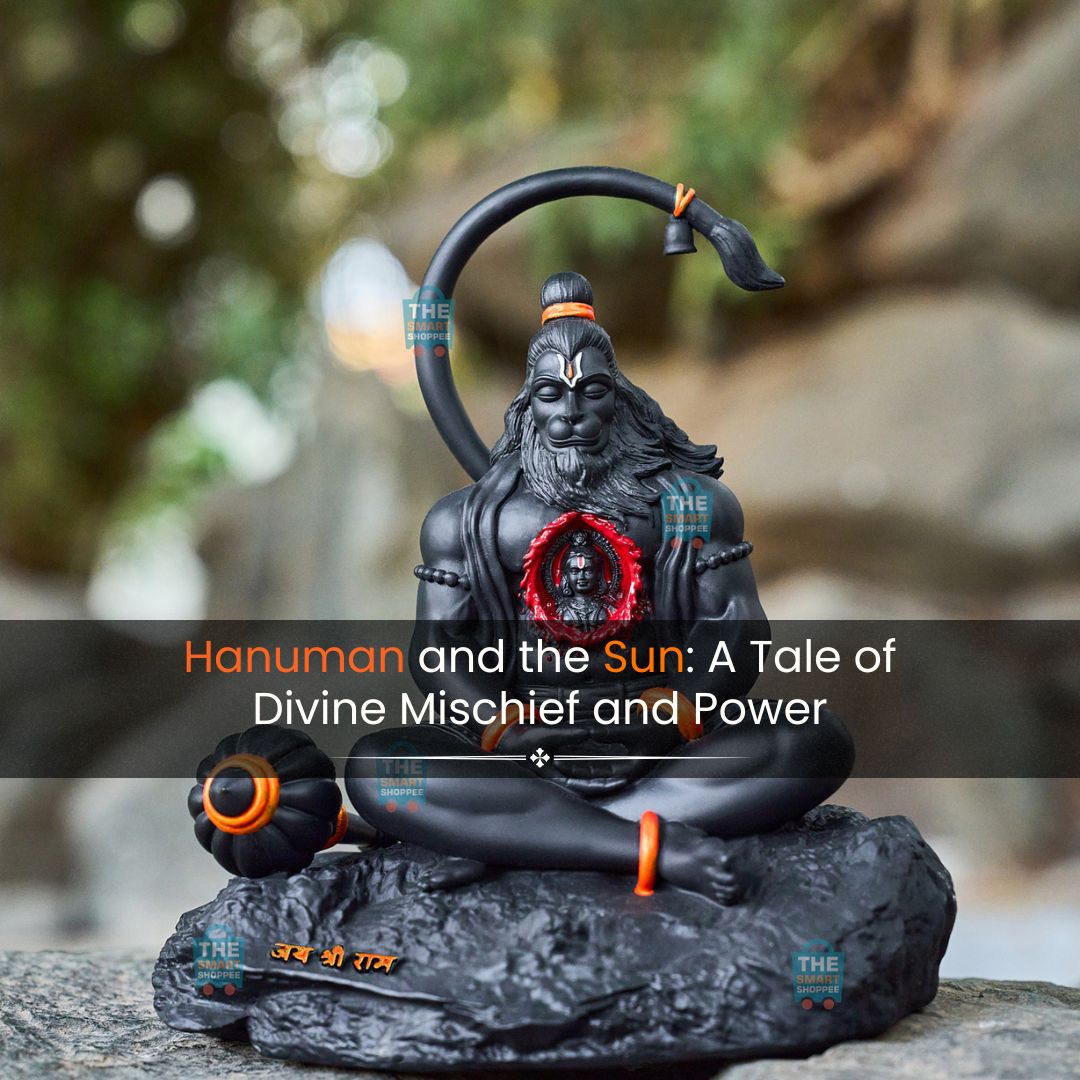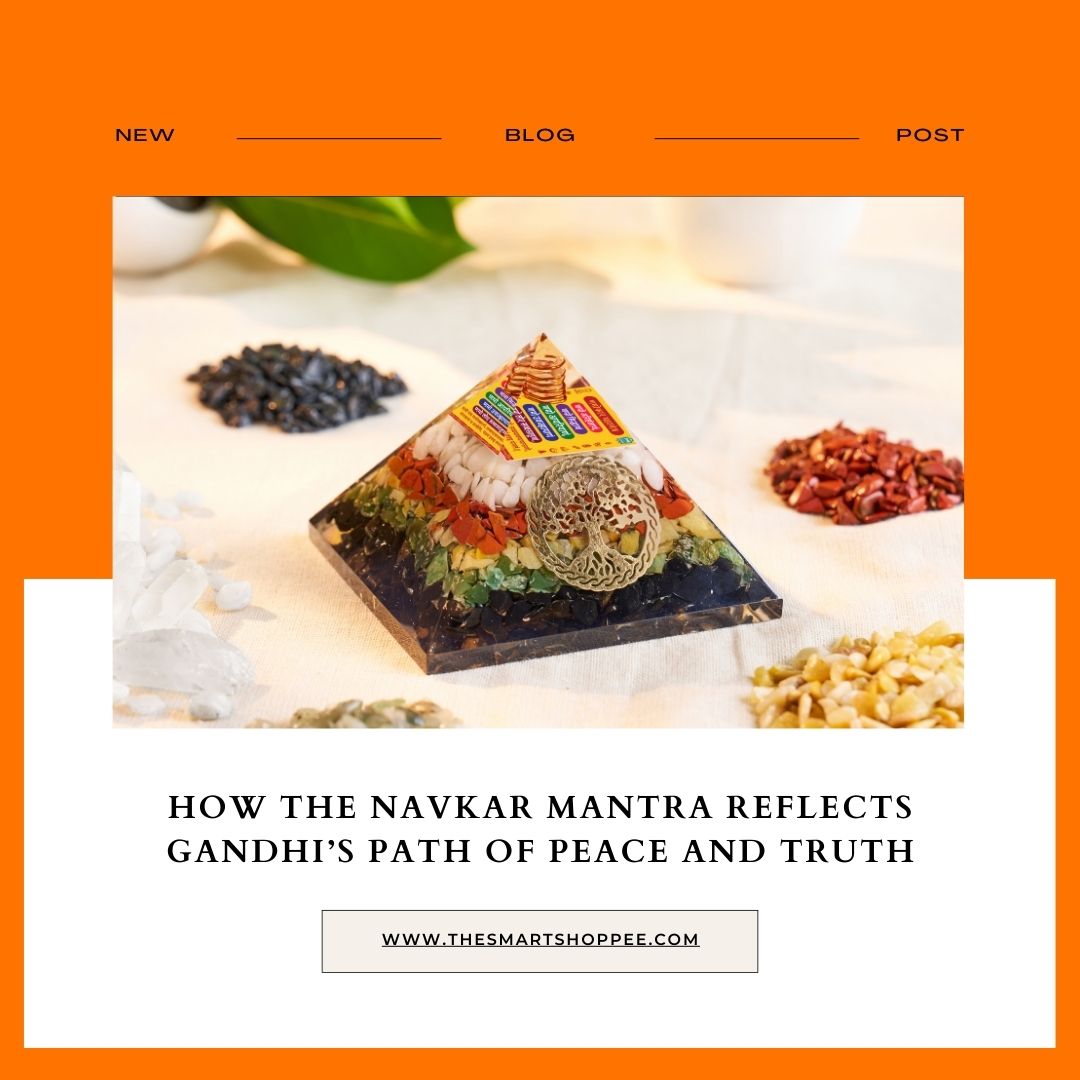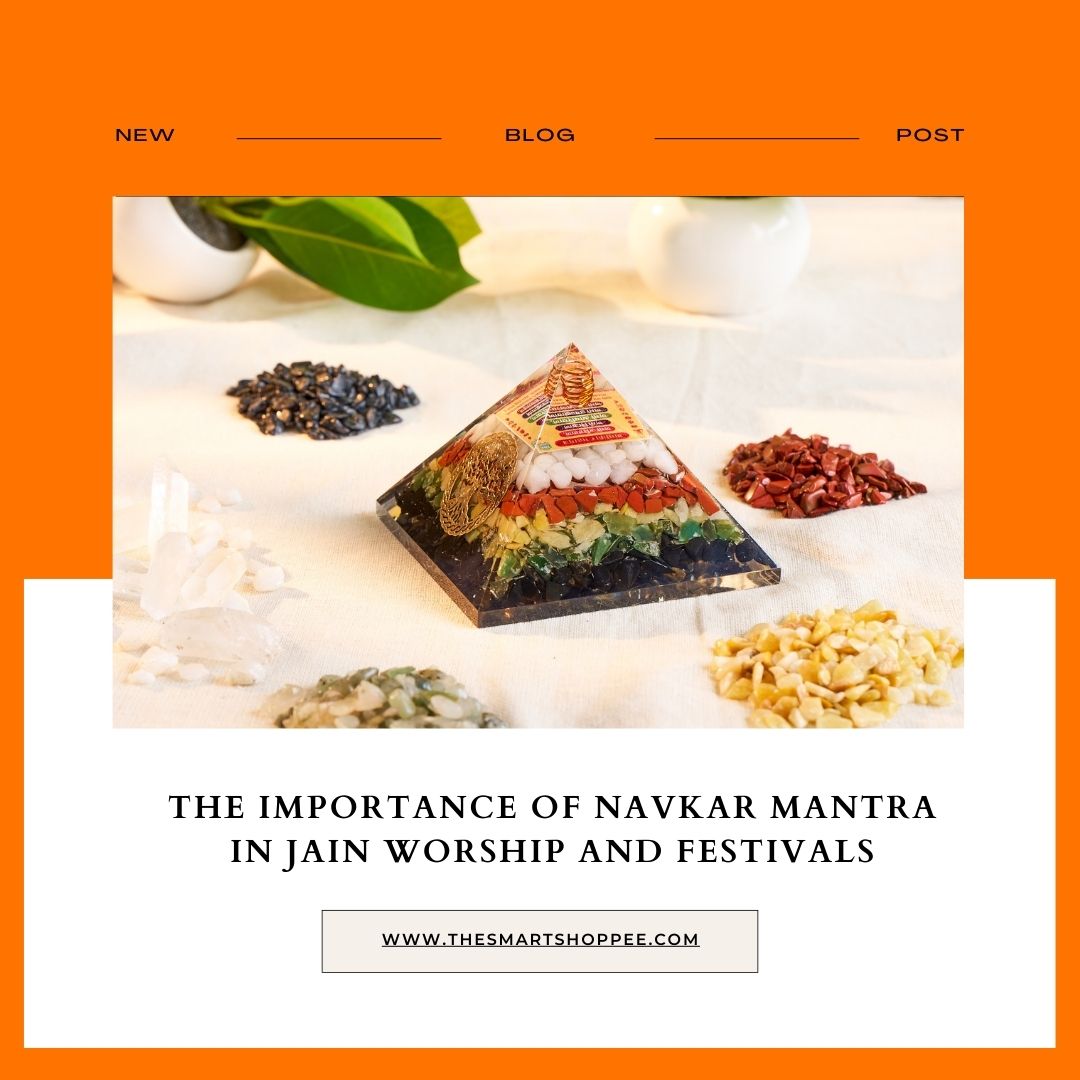
Why Holi is Special in Lord Ram’s Birthplace, Ayodhya
Holi, the colorful festival that marks the arrival of spring, is celebrated with great joy throughout India. While it is widely observed across the country, it holds a special significance in Ayodhya, the birthplace of Lord Ram. In this ancient city, the celebration of Holi goes beyond the typical display of colors—it is deeply intertwined with spirituality and devotion to Lord Ram. Let’s explore why Holi in Ayodhya is unique.
1. Ayodhya's Historical and Spiritual Importance
Ayodhya is revered as the birthplace of Lord Ram, a key figure in Hinduism known for his unwavering commitment to righteousness and virtue. The city has long been a center of spirituality and devotion. According to the Ramayana, Lord Ram’s life embodies values such as honor, duty, and sacrifice. As such, every celebration in Ayodhya, including Holi, is filled with profound spiritual significance, connecting the people to the divine presence of Lord Ram.
2. The Connection Between Holi and Lord Ram
The celebration of Holi in Ayodhya is particularly meaningful because it reflects the triumph of good over evil, a theme central to the Ramayana. Lord Ram’s victory over the demon king Ravana symbolizes this eternal victory. The joyful celebrations during Holi serve as a reminder of Lord Ram’s virtuous character, his devotion to dharma, and the success of righteousness.
In Ayodhya, Holi is celebrated not only with the traditional throwing of colors but also with prayers, hymns, and rituals dedicated to Lord Ram. This spiritual atmosphere elevates the festival, making it more than just a colorful occasion but a time to celebrate divine virtues.
3. Cultural Traditions and Celebrations
In Ayodhya, Holi is a deeply traditional and cultural celebration. While the use of colors and festivities are present, the spiritual element is central to the event. The Ram Janmabhoomi Temple, located at the heart of Ayodhya, becomes a hub for the celebrations, where thousands of devotees gather for prayers, aarti, and singing bhajans (devotional songs). The festival is marked by joyous processions and traditional folk dances that honor Lord Ram and his legacy.
This celebration is a mix of devotion and festivity, with the community coming together to share their love for Lord Ram while engaging in vibrant cultural traditions.
4. Colors with Meaning
While the use of colors is a hallmark of Holi, in Ayodhya, the colors are not just for fun—they carry spiritual meaning. Devotees use natural colors and flowers to honor Lord Ram, symbolizing purity and devotion. Instead of synthetic powders, flower petals are often used, aligning with the sacred nature of the festival.
This tradition of using natural and sacred offerings highlights the spiritual essence of Holi in Ayodhya, where the colors are seen as a form of devotion and connection with the divine.
5. A Blend of Spirituality and Festivity
The Holi celebrations in Ayodhya combine both festive energy and deep spirituality. In addition to the religious rituals, the streets of Ayodhya are filled with traditional music and dances, creating a lively atmosphere. People participate in the joyful festivities, but their actions are always rooted in the values of Lord Ram—compassion, humility, and devotion.
This blend of spiritual devotion with cultural expression makes Holi in Ayodhya a celebration like no other.
6. The Significance of the Ram Mandir
The newly built Ram Mandir plays a central role in the Holi celebrations in Ayodhya. As a symbol of faith and divine presence, the temple attracts thousands of devotees who gather to celebrate the festival. The grandeur of the Ram Mandir adds a sense of holiness and reverence to the event, making it not just a festive occasion but a deeply spiritual one.
The temple becomes the focal point for prayers, rituals, and gatherings, amplifying the significance of Holi as a time for spiritual renewal and connection with Lord Ram.
7. A Spiritual Journey During Holi
For the people of Ayodhya, Holi is not simply a celebration of colors, but a deeply spiritual journey. The festival is seen as an opportunity to renew one’s devotion to Lord Ram, reflecting on his teachings of love, honor, and sacrifice. It is a time to seek blessings, remove negativity, and experience the divine energy that Lord Ram embodies.
The spiritual atmosphere in Ayodhya during Holi is unique. Devotees engage in various religious activities, such as offering prayers and singing bhajans, which creates a sense of divine presence throughout the city.
8. Conclusion: Holi in Ayodhya, a Celebration of the Divine
Holi in Ayodhya is unlike any other celebration. It is not just about the colors or the joy of spring—it is about devotion, tradition, and a deep connection with Lord Ram. The Ram Mandir, cultural traditions, and the spiritual essence of the festival come together to make Holi in Ayodhya a truly unique experience.
For anyone looking to experience a blend of devotion, spirituality, and celebration, Holi in Ayodhya offers a powerful reminder of the virtues of Lord Ram and the triumph of good over evil. It is a time when people come together to honor divine principles and celebrate the eternal victory of righteousness.





















